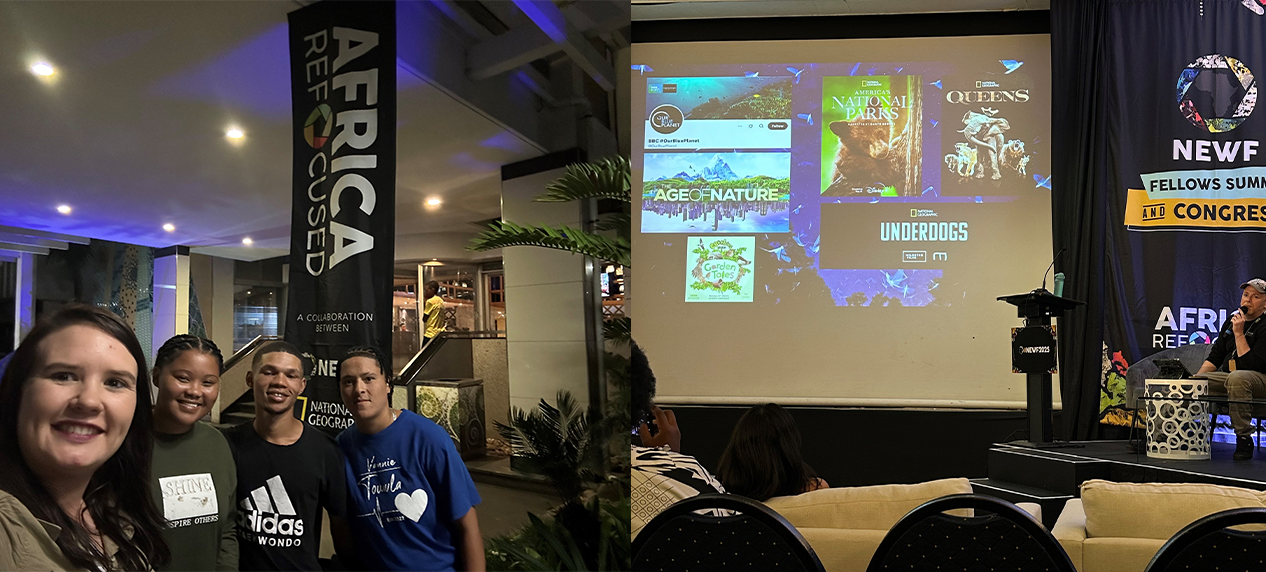From Science to Storytelling: EWT’s Role at the NEWF Congress
By Esther Matthew and Insauf De Vries, Drylands Conservation Programme, Endangered Wildlife trust

NEWF stands for Nature, Environment, Wildlife & Filmmaking. It is South African-based company working to change the narrative around wildlife documentaries and environmental storytelling to enable African stories to be told by African people. As such, the NEWF CONGRESS is the annual gathering and signature event which brings together emerging and experienced filmmakers, storytellers, scientists, conservationists, and media distributors. The perfect event to connect and engage to forge ahead on a shared mission to remove the barriers and build capacity to enable inclusion. So, this event, in partnership with the National Geographic Society, is where individuals working with nature, environment, wildlife & conservation storytellers, filmmakers, scientists, conservationists and broadcast media come together in Africa!
The NEWF Fellows Summit, which precedes the congress, is a closed event dedicated to networking, knowledge exchange and connection between attending fellows and other participants. Programming is designed to foster community and collaboration in-person.
This year, the EWT’s Drylands Conservation team’s Esther Matthew and three of our nature-course students were invited to attend the NEWF fellows’ summit and congress in Durban. Our students are based in Touws River in the Western Cape and are working with the EWT to establish their own eco-tourism businesses in the area. As such, this was the perfect opportunity for them to learn from experts in the different fields and network to create valuable collaborations.
Furthermore, Esther was invited to join the Match Made in Science panel at the congress, to talk about her research using scent detection dogs for conservation projects. From finding Giant African Bullfrogs underground to helping train South Africa’s first succulent plant detection dogs, Esther’s work uses conservation dogs to uncover some of the country’s most threatened and elusive species. Her groundbreaking efforts have earned her recognition as a National Geographic Society Explorer. As such this opportunity to highlight our work was a brilliant match of science, conservation and storytelling.
